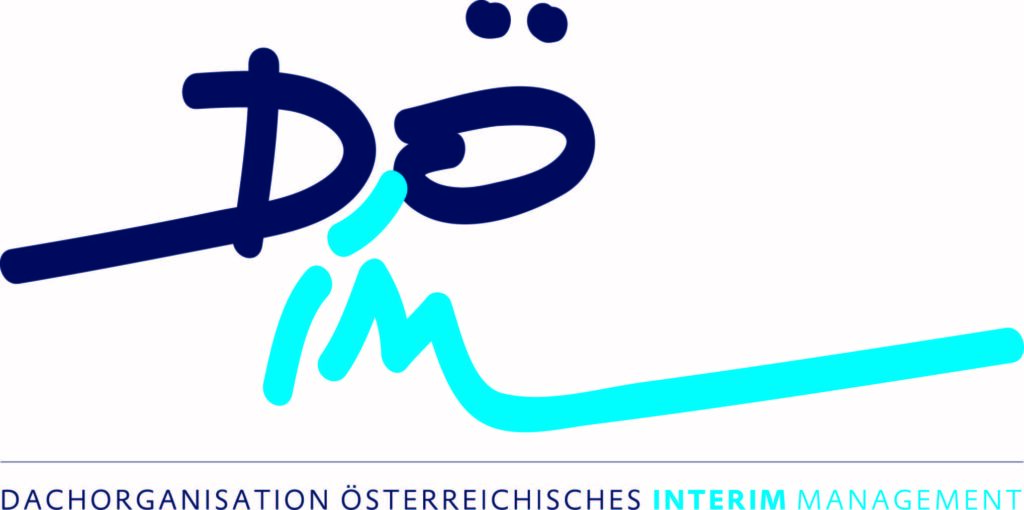
Interim CIO: Dr. Claus Michael Sattler
"Data garbage in, data garbage out?"

In the digital transformation, there are two perspectives on reality.
- The physically tangible reality: the people, machines, tools, workpieces and processes.
- The data that people, machines, tools and workpieces generate during a process and map the digital twin.
What did Prof. Dr. Karl Schmedders mean in his lecture last weekend at the IMD Business School International Institute for Management Development (IMD) in Lausanne, Switzerland, when he repeatedly referred to data as “garbage in, garbage out”?
Here is an example from my lecture at the International Institute for Management Development (IMD) in Lausanne, Switzerland, last weekend: “A company asked me to derive the dependencies of a production process on macroclimate and microclimate from the data volume of the last 40 years (170 TB) so that these findings can be incorporated into forecasting models for future product developments.” What does this have to do with “garbage in, garbage out!”? Here are three examples:
- The production data determined by the programmable logic controllers (PLCs) could be exported. For example, the PLCs provided us with the raw data date, time and switching direction (open or close) for a switchable valve. This raw data could not be used to calculate statistical analyses and stochastic forecasts for the task. We needed the time between two switching operations. This had to be calculated first.
- We also needed macroclimate data from the region and microclimate data from the production buildings. We were able to purchase the macroclimate data from a weather data provider. The microclimate data was available in encrypted form on data loggers. There was no export software for the encrypted data and the data logger manufacturer refused to develop it. Only cumulative daily values printed on thermal paper were available. The microclimate data was de facto not available in a usable digital form.
- The employees in the R&D and production departments had agreed on a format for the documentation so that the data could be compared with each other. The problem was that this data format was individually expanded or shortened by the employees. It was therefore not possible to automatically read in the 1.4 million files and evaluate the measured values.
I describe how to resolve this type of data waste in my book “Daten einfach anders denken! The undiscovered gold of companies!”, which will be published in Q1.2024, and in the online events of “Mittelstand GOES Digital 4.0”.










